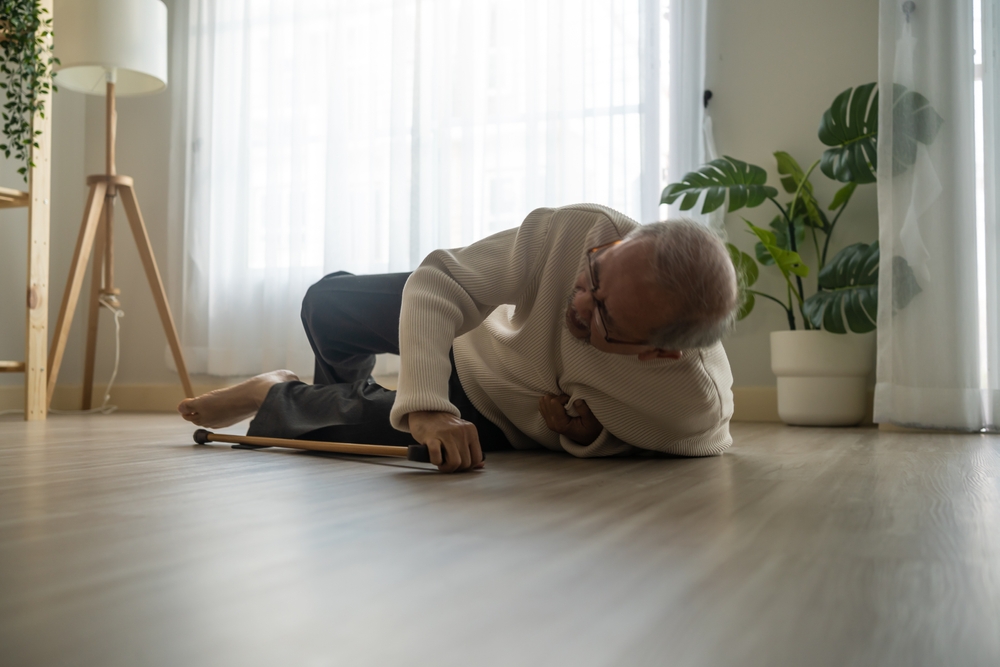As the global population ages, the importance of fall detection for heart patients has become a pressing concern. With heart conditions being prevalent among seniors, the risk of falls poses additional health challenges. Falling can lead to serious injuries, prolonged hospital stays, and a decrease in quality of life. Therefore, it is crucial to understand and implement effective strategies for fall detection and prevention, especially for those with heart conditions.

Understanding the Risks of Falls for Heart Patients
Heart patients often face unique challenges that increase their risk of falling. Conditions such as arrhythmia, heart failure, and the side effects of medications like blood thinners can lead to dizziness and balance issues. Understanding these risks is the first step in mitigating them.
Why Heart Patients Are More Susceptible
The interplay between cardiovascular health and stability is complex. Heart conditions can directly affect the body’s ability to maintain equilibrium. For instance, low blood pressure, a common issue among heart patients, can cause sudden dizziness, leading to falls.
The Impact of Medication
Many heart patients are prescribed medications that, while essential for their condition, can have side effects like dizziness or impaired balance. It’s important to be aware of these effects and discuss them with healthcare providers.
The Role of Fall Detection Technology
In recent years, technology has advanced significantly in providing solutions for fall detection. Devices equipped with sensors can detect sudden movements and alert caregivers or emergency services, ensuring prompt assistance.
Types of Fall Detection Devices
There are numerous devices available, from wearable technology like smartwatches to non-wearable systems. Each has its advantages and can be tailored to meet the needs of heart patients.
Wearable vs. Non-Wearable Systems
Wearable devices are often preferred for their portability and ease of use. However, non-wearable systems, such as those integrated into a home environment, offer continuous monitoring without requiring any action from the user. Learn more about non-wearable systems.
Implementing Fall Prevention Strategies
While detection is crucial, prevention plays an equally essential role. Simple home modifications and lifestyle changes can significantly reduce the risk of falls.
Home Safety Modifications
Ensuring that the home environment is free of tripping hazards, such as loose rugs or clutter, is vital. Installing grab bars in bathrooms and ensuring adequate lighting can also make a significant difference.
Lifestyle Adjustments
Encouraging regular exercise can improve balance and strength, reducing the likelihood of falls. Additionally, maintaining a healthy diet and staying hydrated supports overall well-being.
Educational Resources and Support
Education plays a key role in fall prevention. Providing heart patients and their families with information about the risks and strategies can empower them to take proactive steps.
Community Programs
Many communities offer programs specifically designed to educate seniors about fall prevention. These programs often include balance training and health education.
Online Resources
Online platforms offer a wealth of information and support. Websites such as the CDC provide comprehensive guides on fall prevention.
The Future of Fall Detection for Heart Patients
The field of fall detection is continually evolving, with new technologies and approaches being developed. The integration of artificial intelligence and machine learning into fall detection systems promises to enhance their accuracy and efficiency.
Innovations in Technology
Emerging technologies such as smart home systems and AI-driven devices are set to revolutionize fall detection, making it more accessible and reliable.
The Role of Healthcare Providers
Healthcare providers play a crucial role in recommending appropriate fall detection solutions and educating patients about their use.

FAQs on Fall Detection for Heart Patients
What are the best fall detection devices for heart patients?
There are several reliable devices available. It is advisable to choose a device that suits the patient’s lifestyle and preferences. For more options, visit our detailed guide.
How can caregivers ensure the safety of heart patients?
Caregivers should focus on creating a safe home environment, encouraging regular exercise, and ensuring that patients adhere to their medication schedule.
Are there exercises that help reduce the risk of falls?
Yes, exercises such as tai chi and yoga can improve balance and strength, thus reducing the risk of falls.
Fall detection for heart patients is a critical component of healthcare, offering peace of mind to both patients and their families. By understanding the risks, utilizing technology, and implementing preventive measures, we can significantly reduce the incidence of falls and enhance the quality of life for heart patients.
This article contains affiliate links. We may earn a commission at no extra cost to you.

